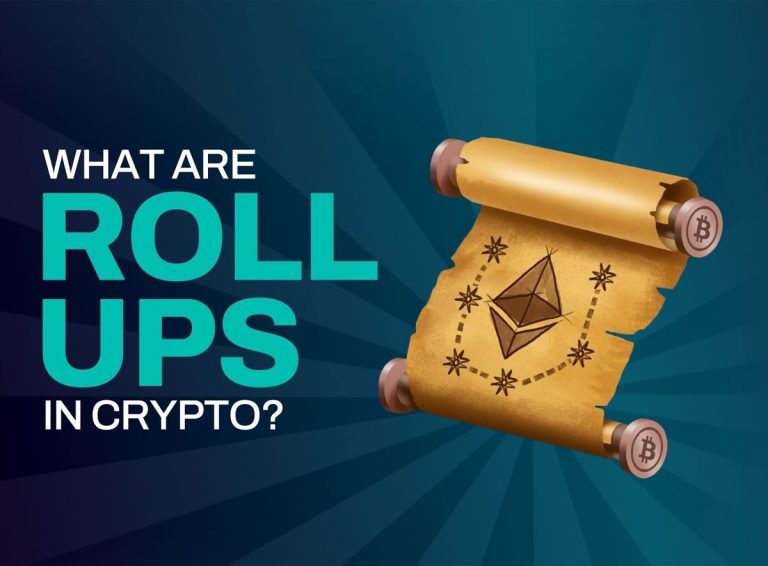
The crypto landscape is ever evolving, and with it comes the continuous innovation of scaling solutions such as rollups. Rollups have been heralded as a significant step forward in addressing the scalability issues faced by blockchain networks. They work by rolling up or batching multiple transactions into a single one, thereby reducing the strain on the network and allowing for faster and more cost-effective transactions.
These Layer-2 scaling solutions are designed to enhance the throughput of blockchain networks by processing transactions off the main chain and then posting them as a single transaction. Among the various rollup solutions, two primary types stand out: Optimistic Rollups and Zero-Knowledge Rollups (ZK-Rollups).
However, as with any technological advancement, there are hidden costs and challenges that need to be addressed. The creation of Superlane, a pioneering move towards rollup interoperability, marks a significant milestone in the crypto world. It aims to facilitate seamless interactions between different rollups, enhancing the user experience and efficiency.
Register for Tekedia Mini-MBA edition 19 (Feb 9 – May 2, 2026): big discounts for early bird.
Tekedia AI in Business Masterclass opens registrations.
Join Tekedia Capital Syndicate and co-invest in great global startups.
Register for Tekedia AI Lab: From Technical Design to Deployment (next edition begins Jan 24 2026).
The discussion around the costs of rollups is multifaceted. On one hand, Optimistic Rollups are generally more affordable due to less computationally intensive proof generation. On the other hand, they may incur additional fees due to potential fraud proofs and reversions. ZK Rollups, while offering stronger privacy guarantees, involve more expensive proof generation, leading to higher transaction fees.
Celestia’s recent performance upgrades have also been a topic of interest, as they play a crucial role in data availability. These upgrades could potentially lower the costs associated with rollups by improving the underlying infrastructure that supports them.
ZK-Rollups, on the other hand, use zero-knowledge proofs to validate transactions without revealing any transaction data. This method not only enhances scalability but also maintains privacy. Examples of ZK-Rollups include zkSync’s Hyperchains and Polygon’s Hermez, which offer secure and cost-effective token transfers.
The rollup ecosystem is rapidly expanding, with projects like B² Network, Bitlayer, BOB, Citrea, QED Protocol, Zulu Network, GOAT Network, Mezo, Bitfinity Network, and Arch Network leading the way. These solutions are paving the path for decentralized finance (DeFi), gaming, and other high-throughput applications, demonstrating the versatility and potential of rollups in the cryptocurrency space.
The growth of ‘Off the Grid’ in the Avalanche ecosystem is another example of how rollups are being utilized in innovative ways, particularly in the realm of crypto and gaming. This growth reflects the potential of rollups to revolutionize various sectors by providing scalable and efficient solutions.
Moreover, the emergence of AI-driven meme coin traders has added a new dimension to the crypto market. While this development is intriguing, it also raises questions about the long-term implications of AI in trading and the hidden costs that might arise from such practices.
As the technology matures, it’s clear that rollups will play a pivotal role in the future of blockchain scalability, offering a blend of speed, efficiency, and security. While rollups offer a promising solution to the scalability issues of blockchain networks, it is crucial to remain vigilant about the hidden costs and challenges they present for developers and consumers alike.



